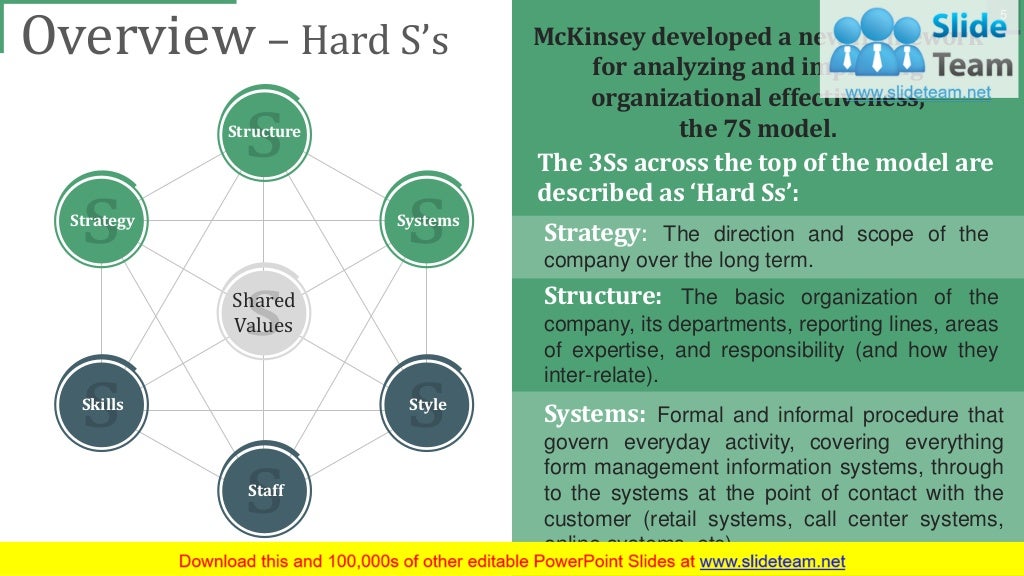
In some cases, people may be most productive between 7 am, and 3 pm rather than between 9 am and 5 pm. An employee can design a schedule around their circumstances and needs when working in a hybrid work model. Work-life balance isn’t possible if you’re tied to your desk for 8 hours, five days a week. According to a McKinsey study, a flexible workplace model can save businesses up to 30 percent on real estate costs, leading to a massive increase in revenues. Apart from compensation, businesses spend most of their budget on real estate (rent, maintenance, utilities, etc.). Thus, your business may require less office space, resulting in reduced overhead costs. With a hybrid work model, you will need to invest less in office infrastructure as at any point in time, only a limited number of employees will be using the premises. There are several reasons why organizations can reduce expenses when fewer people are in the office. The following are some pros and cons of hybrid working that you should consider: The Pros of a Hybrid Work Model: Employee Performance Tracking is Easier.Employers Gain Access to a Broader Pool of Talent.Improves the Quality of Work Relationships.The following are the top reasons why companies are considering a hybrid work model: When the pandemic hit, businesses of all sizes were shifted to remote work, relying on IT infrastructure and developing processes to support it.Īs a result, they created a system that ensures employee productivity, information security, and employee engagement. In addition, the remote work model saves small businesses money on office rent and utilities.

It is an excellent way to find the best talent by looking beyond the city/region or even country to hire employees that best fit the role. Why are Companies Considering the Hybrid Work Model for Their Teams?Īs the world becomes more digitized with everything moving online, remote work has gained rapid popularity. Most organizations now have effective remote working setups and are making the transition to the hybrid model. It also proved the skeptics wrong that remote work is productive. It is no secret that the pandemic has changed how we do business. Instead, every company develops a hybrid model according to its business model and the needs of individual employees. There is no one hybrid model that fits all companies. In many cases, employees can choose when they want to work from home or the office. The hybrid work model is a plan that allows employees to work either from home or at the office on certain days, depending on their schedule. A wide range of hybrid arrangements has emerged since the lifting of COVID lockdowns worldwide, offering employees a level of flexibility that was previously uncommon. As part of the hybrid working model, employees can combine onsite and offsite work as they and their employers deem necessary.

Several companies are returning to office spaces, and a hybrid work model may be the most efficient way for them to do so.


 0 kommentar(er)
0 kommentar(er)
